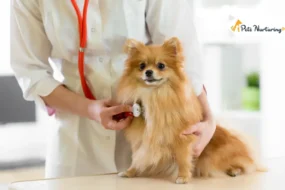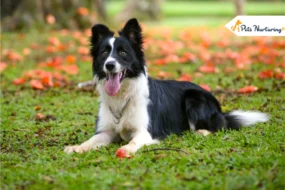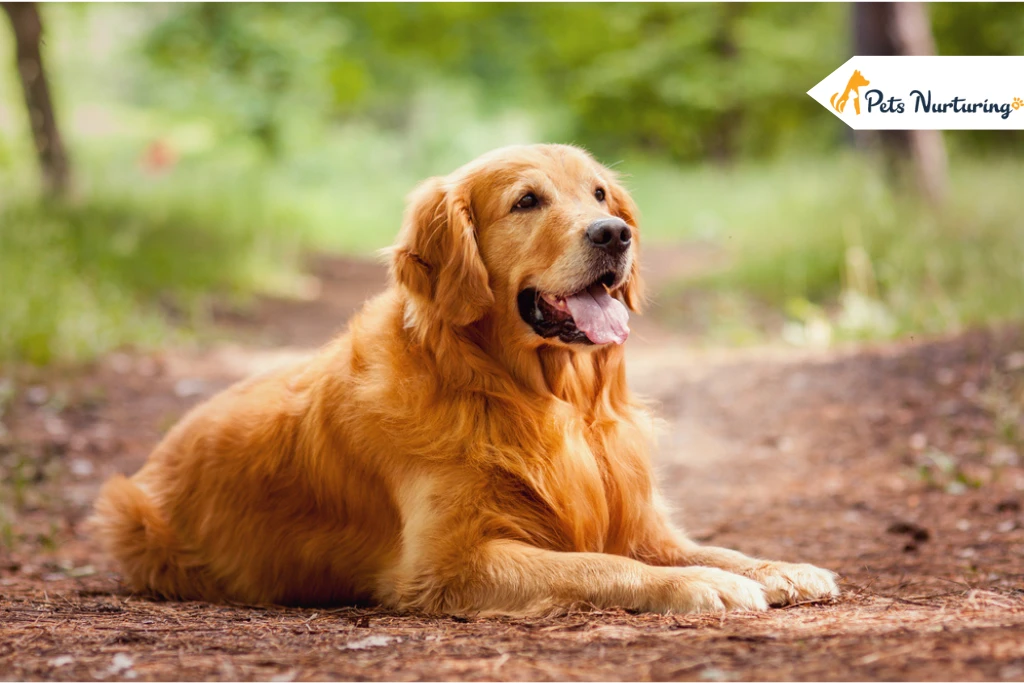
There are few dog breeds as beloved as Golden Retriever. Adorable and intelligent, these cuddly giants are great companions at home or in the office. They pick up new skills quickly because of their high IQ. Because of this, they are ideal for positions requiring instruction, help, or therapy. Additionally, Golden Retrievers excel in areas such as obedience training and problem-solving.
On top of their intelligence, these canines are very attuned to people’s feelings. They really understand and connect with people, making them great companion dogs. You’ve probably seen them in ads and on TV shows because they’re seen as the ultimate family dog.
By the way, would you consider a Golden Retriever as your ideal puppy? Read our guide to know all the important details about these dogs before you decide to bring them home.
Golden Retriever Dog Overview
Breed Group: Sporting
Height: Male: 23 to 24 inches; Female: 21.5 to 22.5 inches
Weight: Male: 65 to 75 pounds; Female: 55 to 65 pounds
Lifespan: 10 to 12 years
Coat: Double coat with a dense, water-repellent outer layer
Color: Various shades of golden
Temperament: Friendly, loyal, enthusiastic, and gentle
Grooming Needs: Regular brushing to prevent matting and shedding
Hypoallergenic: No
Origin: Scotland
History
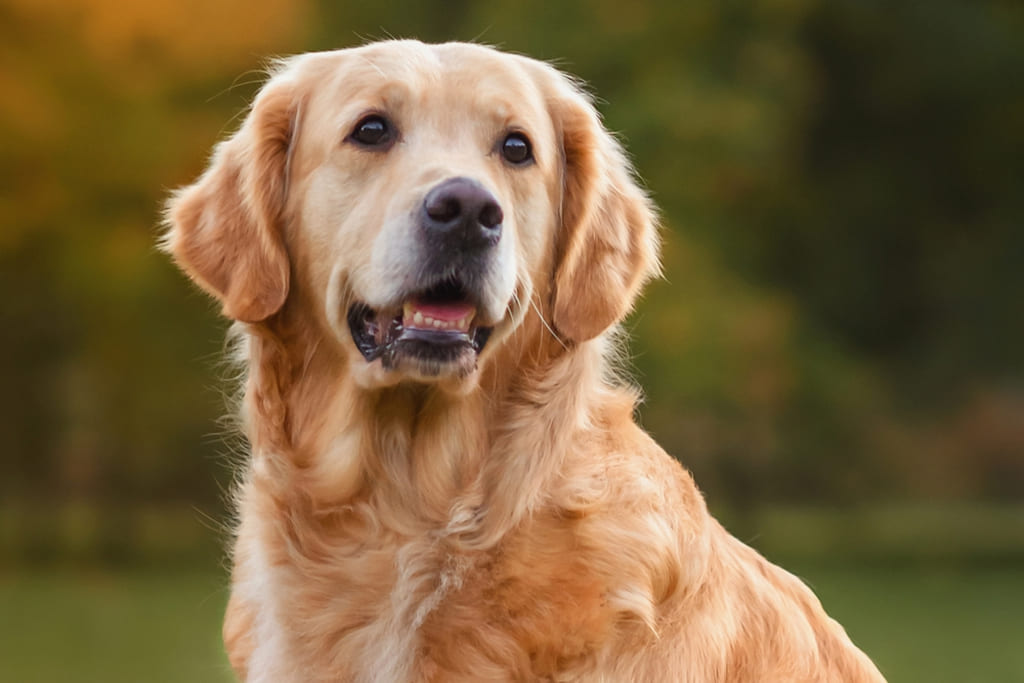
In the Scottish Highlands, they needed smart dogs for hunting, especially in places with lots of ponds. So, in the 1800s, a man named Sir Dudley Marjoribanks, also known as Lord Tweedmouth, did some clever breeding to create dogs with good land and water retrieving abilities.
He mixed Tweed Water Spaniels with Flat-Coated Retrievers and a bunch of other British dogs. The goal was to breed a dog that could gently bring back birds but was also strong and active.
Baron Tweedmouth started with a yellow Flat-coated Retriever named Nous. Nous, born in 1864, was the sole yellow puppy in a litter of black ones. Then he mated Nous with a Tweed Water Spaniel called Belle, and they got four yellow puppies, starting with Primrose, Cowslip, Ada, and Crocus.
The story gets pretty complicated from there. Cowslip had pups with Tweed and then with a Red Setter called Sampson, leading to a pup named Jack. This Jack mated with Topsy, creating Nous II and Gill. Gill later mated with a black Labrador Retriever named Tracer and had a pup named Queenie. All the Golden Retrievers come from her.
There was a lot of mixing and matching with different dogs, making puppies of different colors. But the golden ones stuck around and became the Golden Retriever breed. Baron Tweedmouth also used a sandy-colored Bloodhound and another Labrador in later breeding.
In the early days, they were called ‘Flat-coated Retriever. It wasn’t until later, in 1911, that they got their own club and were recognized as a distinct breed by the Kennel Club. Winifred Charlesworth played a big role in setting the breed standards and making them popular at shows and field trials.
After World War I, their fame grew, spreading across the world. They were recognized in Canada, France, the US, and Australia. Unlike some other British breeds during World War II, they didn’t lose their appeal thanks to their worldwide popularity.
These dogs came to North America in the early 20th century, becoming hunting buddies. The American Kennel Club officially approved them in 1925. Due to their exceptional intelligence, three Golden Retrievers were named AKC Obedience Champions in 1977. Ever since then, they’ve risen to prominence as a beloved canine breed across the West.
Appearance
The Golden Retriever is a sturdy, medium-sized dog breed. The Kennel Club reports that a typical male Golden Retriever will weigh 65–75 pounds and stand 23–24 inches tall.
Females stand at a somewhat shorter 21.5 to 22.5 inches and weigh 55 to 65 pounds. At one year of age, these dogs typically attain their full height, and by two years old, they reach their mature weight.
They have a big black snout, large, friendly eyes, and somewhat drooping ears. Their broad ribs and deep chest give them a powerful appearance, while their relaxed shoulders complement it. Their long tails lay flat, nearly parallel to their backs, and they often maintain an upright posture.
They have sturdy, straight legs up front and muscular, bent knees and thighs in the rear. Their agile feet resemble those of a cat. In general, these canines appear sociable while possessing a sturdy physique.
| Males | Females | |
| Height | 23 to 24 inches | 21.5 to 22.5 inches |
| Weight | 65 to 75 pounds | 55 to 65 pounds |
Coat and Color
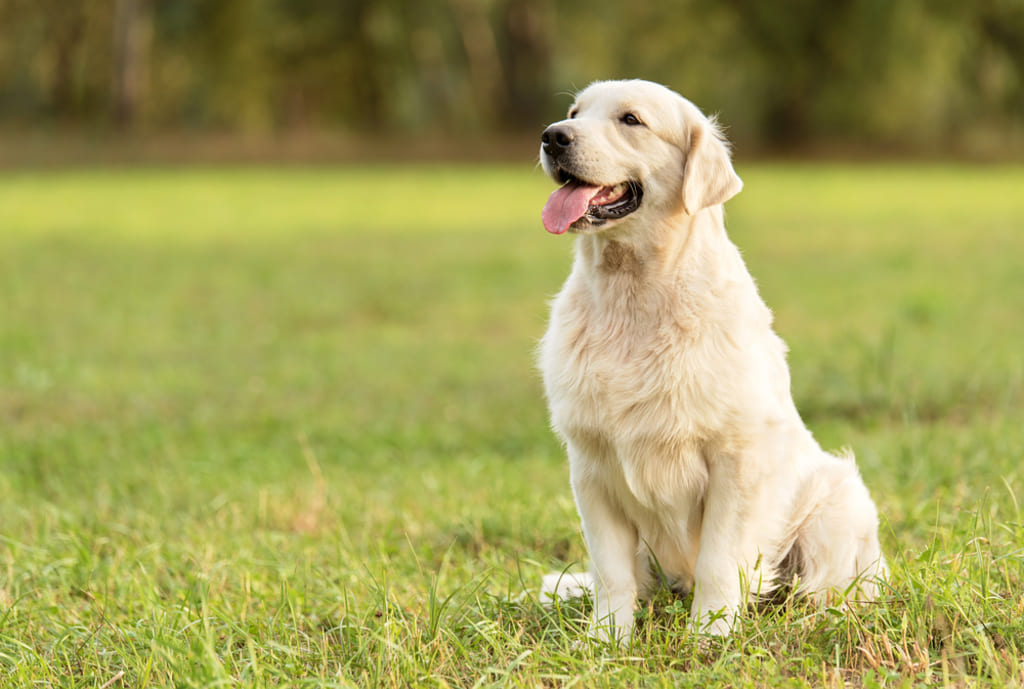
The Golden Retriever’s standout feature is its double coat. The outer one is flat, long, or wavy, with nice feathering on the legs. On the other hand, the undercoat is thick and gives them weather protection.
Their coat can range from cream to yellow or gold, usually getting lighter as they get older. But they are also available in red or mahogany shades. However, these colors aren’t allowed according to the Kennel Club standard, though some white hairs on the trunk are okay.
Initially, just yellow or gold coats were allowed, leaving out some other cream-colored dogs. To fix this, the Kennel Club updated the standard in 1936 to include cream. These days, the almost-white cream color is very popular, especially among show dogs.
Characteristics and Temperament
Golden Retrievers are known for their gentle nature, intelligence, and loads of affection. They’re like the calm and obedient members of the retriever crew – very painless to orient and crazy eager to make their owners happy.
These dogs make great family pets—they’re good with kids and love joining in on all sorts of family activities. They’re not big on guarding, though. They’re just too friendly for that.
Golden Retrievers have good gundog skills in their DNA. They have a great nose for sniffing things out and a powerful urge to fetch stuff. Even if they’re not trained for it, they’ll often bring you toys or whatever they can find.
These dogs were born to work, so they’ve got loads of energy and need lots of action. They’re happiest with people who lead an active life and can hang out with them during the day. You cannot leave them alone for too long as they crave human company.
Their joyful nature attracts attention wherever they go. They’re good with strangers and get along great with other dogs. Golden Retrievers make amazing service dogs thanks to their loyalty, intelligence, and friendly personality.
Golden Retrievers are very good therapy dogs.
Health and Nutrition
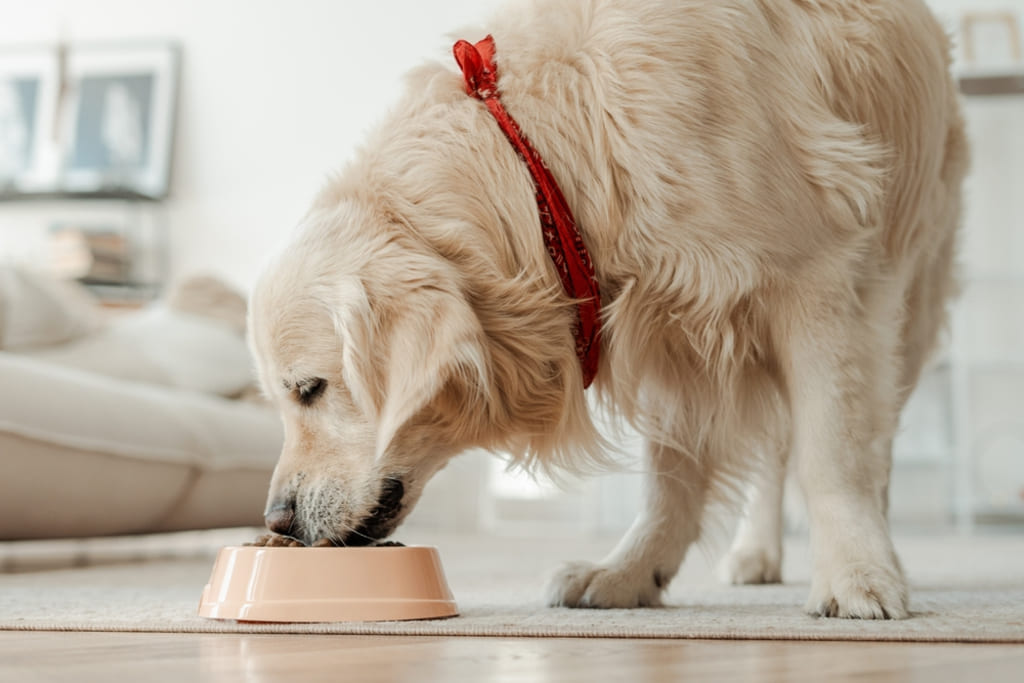
Golden Retriever puppies grow quickly, so they need a low-calorie diet to avoid speeding up their growth and risking bone issues. When they’re all grown up, two meals a day with up to 1.5 cups of dry food per meal is the golden rule.
It’s better to measure out their food and serve it at meal times instead of leaving it out all day for snacking. To make sure your Golden Retriever grows up healthy, start them with good quality, large-breed puppy food till they’re around 1 to 18 months old. Once they hit adulthood, switch them to a high-quality adult formula.
Picking an AAFCO-approved food is a good idea, but your vet can help you find the perfect one for your pup. Grown-up Goldens do great with two meals a day—morning and night.
But when they’re pups, they need to eat more often, like three or four times daily, sticking to a routine. Consider joint supplements early on to help keep arthritis away. Also, think about omega-3 fish oil—it’s great for their joints, coat, and skin.
Always give fresh water to your dog. Keep an eye on your pup’s weight, too. Being overweight can cause all sorts of health problems and cut their lifespan short. If they’re gaining weight, talk to a vet about the best feeding plan.
Common Health Problems
Golden Retrievers usually live about 10–12 years and are generally healthy dogs. Yet, some can face health issues due to not-so-great breeding practices.
1. Atopic Dermatitis (Atopy)
Some Goldens get super itchy skin because of allergies to things like pollen or certain foods. They’ll scratch, chew, or lick themselves tons, causing hair loss and red or black skin.
2. Hot Spots
Because of their thick fur and love for water, Goldens can get hot spots. Places on their skin can get red and infected. It happens more in warm, humid spots or after swimming. This makes them scratch, chew, and lick a lot. A vet can sort this out quickly with some meds.
3. Hypothyroidism
This is when their thyroid gland acts up, causing stuff like weight gain, tiredness, and skin problems. It usually happens when they’re a bit older but can be treated with meds.
4. Eye Issues
They might get cysts on their eyes or a disease that makes them go blind slowly. Some eye conditions need treatment, while others, like blindness, can’t be cured.
5. Hip and Elbow Dysplasia
These are joint problems that can cause pain and difficulty moving. They can happen as they grow up or during their senior years. It might need supplements, meds, or sometimes surgery.
6. Cancers
Sadly, Golden Retrievers can get different types of cancer, like lymphoma or hemangiosarcoma. Some can be treated, but others might need emergency care.
7. Heart Troubles
Some Golden pups inherit a heart condition that can cause problems as they grow. This can lead to a heart murmur and, in severe cases, make them super tired or collapse.
Remember, it’s important to check with a vet if you notice anything unusual about your Golden Retriever’s health. A good breeder who tests their dogs can help reduce these health worries.
Behavior and Training
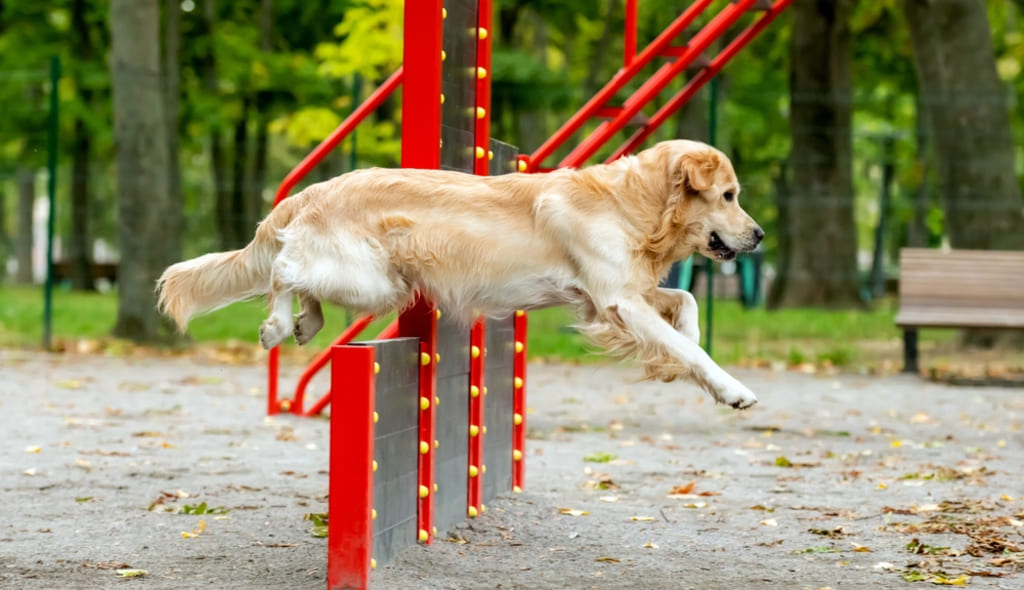
Golden Retrievers are usually super friendly—they adore kids, other pets, and even strangers. They love being the center of attention and getting cuddles. You’ll notice them nudging you gently for more pets!
When they’re pups, Goldens might chew on things they shouldn’t—like socks or furniture. So, keeping an eye on them is key to keeping them safe and stopping any tummy troubles.
These cuties have heaps of energy! To keep them happy and healthy, they need lots of exercise. They’re not big on barking or digging up yards, so they’re pretty good in that way.
Training these pups is usually easy. Their sweet nature and desire to please make them quick learners. They’re big fans of food, so using treats for training works like magic. Plus, making sure they meet lots of different people and pets when they’re young helps with their social skills.
Golden Retrievers love fun activities like agility, learning tricks, tracking, and even bird hunting. But simple games like fetch or long walks are just as fun for them!
But here’s a tip: because they’re such hard workers, they might go all out and tire themselves out. So, it’s important to give them breaks, water, and some downtime during training or play. Mixing in games or gentle walks is a great way to keep them mentally and physically fit!
Golden Retrievers are often used in search and rescue operations because of their powerful nose.
Exercise Needs
Golden Retrievers are energetic dogs that need daily workouts and good training. They love a yard to play in and enjoy a couple of walks each day.
They’re social butterflies and usually have a blast at the dog park with other pups. Give them a good dose of consistent exercise every day (around 20-30 minutes twice a day usually does the trick).
For puppies, less exercise is best until they’re fully grown. A good plan is about 5 minutes of activity for every month they’ve been around, up to a year.
So, a three-month-old pup needs roughly 15 minutes of exercise each day. At four months, it’s about 20 minutes, and so on. Be careful not to push them too hard, especially when they’re young.
Grooming Needs
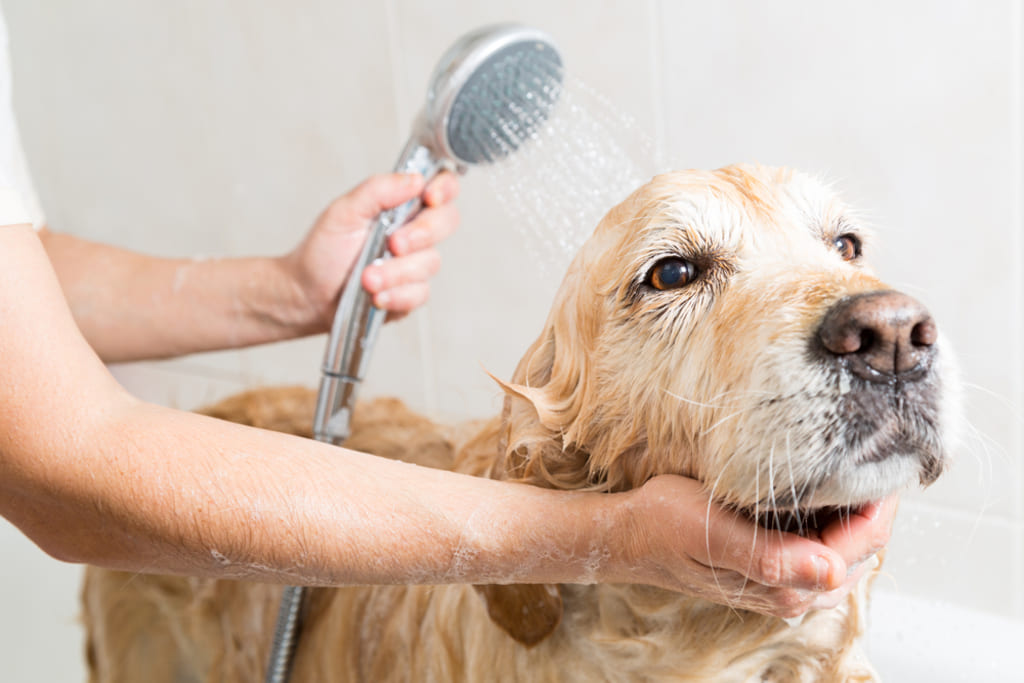
Taking care of your Golden Retriever’s grooming needs is crucial for their well-being. Their thick coats and sensitive skin require attention, along with their eyes and ears.
1. Skin Health
Checking your Golden Retriever’s skin regularly helps catch issues like hot spots early. If you notice excessive scratching or licking, it’s wise to consult your vet.
2. Coat Maintenance
These dogs shed a lot due to their dense double coat. Brushing them once or twice a week prevents tangles, especially behind the ears and on the back legs.
3. Eye Health
Golden Retrievers commonly have mild eye discharge, which can be gently wiped away with a damp cloth or special eye wipes.
4. Ear Hygiene
Their ears are prone to infections because of their anatomy and love for water. Regularly clean their eats to avoid infection.
5. Nail Trim
Trim your dog’s nails every one to two months to prevent splitting and foot issues.
6. Dental Health
Brush your dog’s teeth a few times per week for good oral hygiene.
Are Golden Retrievers Hypoallergenic?
Golden Retrievers, unfortunately, aren’t hypoallergenic. All dogs have proteins that can trigger allergies found in their skin, saliva, and urine. While some people might be fine around Golden Retriever puppies, they could develop reactions as the pups grow older.
Adults may cause stronger reactions than the younger ones. If you’re considering adopting a Golden Retriever, spending time around adult dogs before deciding is a good idea.
Price
Golden Retriever puppies for sale range from $1000 to $2000 USD. The price can vary depending on the parents’ hunting abilities. Pups from smaller farms with regular pedigrees might go for $1200 to $2000, while those from renowned kennels with impressive pedigrees could cost $2500 to $4000.
Life Span
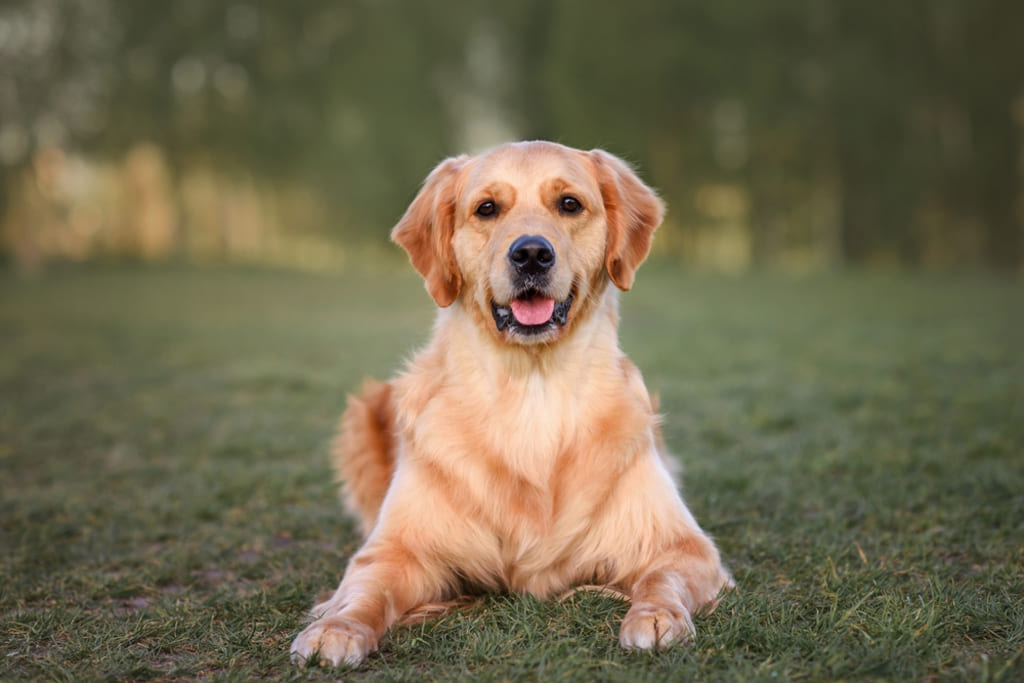
Golden Retrievers usually live around ten to twelve years. With excellent care, they might even reach 13 years or more. In rare cases, these dogs have made it into their twenties, but it takes consistent effort to give them proper exercise, nutrition, and healthcare.
FAQs
In terms of grooming, Golden Retrievers can be high maintenance as they need regular brushing and care.
A purebred Golden Retriever puppy can cost up to $3,500, depending on the breeder.
These dogs are easily available and are not considered rare.
Conclusion
Now that you know all the important details about a Golden Retriever, it will help you decide whether the breed is right for you. Goldens are one of the most loving and adorable dog breeds in the world. They can easily win anyone with their sweet disposition and easy-going nature. What’s best is that they are good with kids, families, and pets. However, they are prone to many health conditions, so make sure you buy them from a responsible breeder.
Read More:









